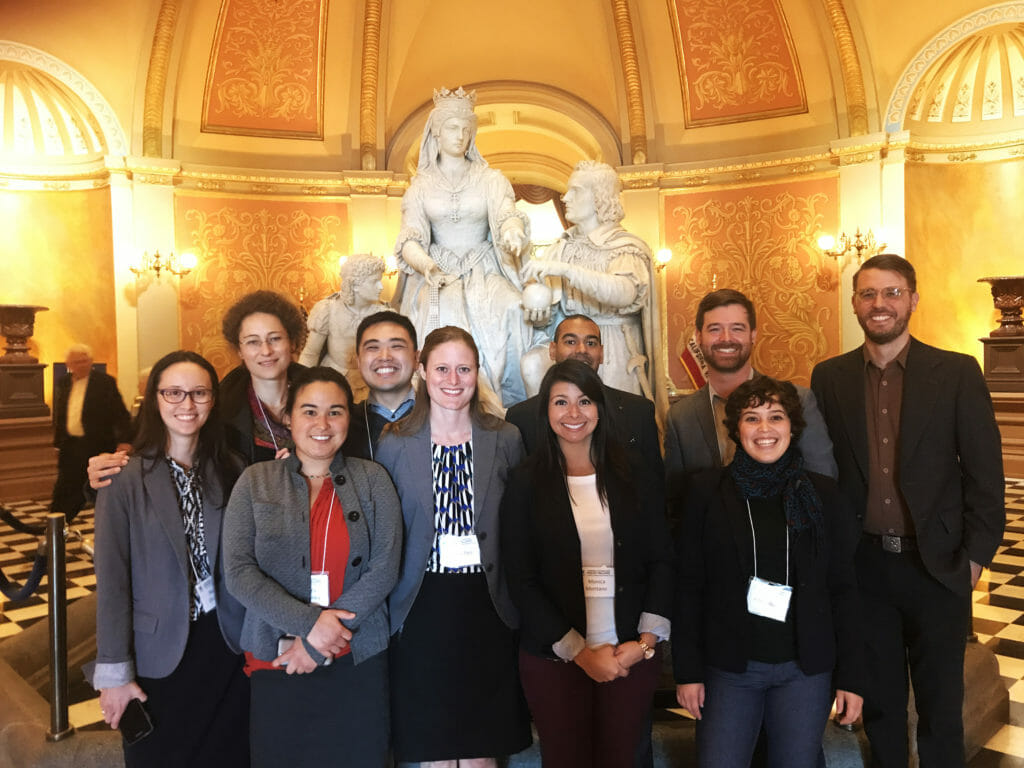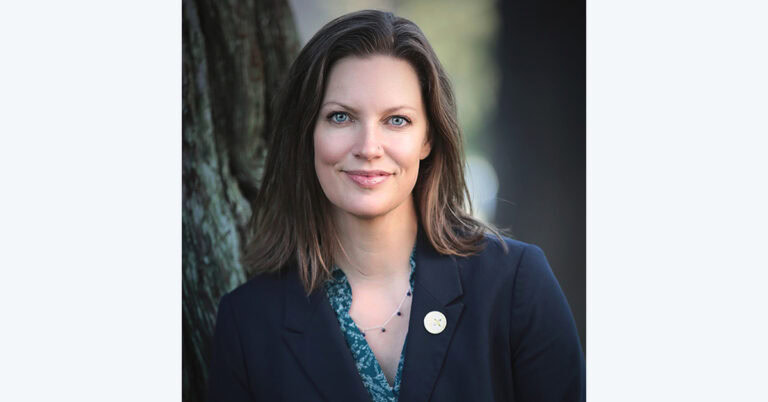Deputy Director
CCST Science Fellows in Training: Finding My Place in the Diverse Dynamism of California Policy
May 25, 2018 | CCST S&T Policy Fellows

Dylan Chapple, PhD, is a member of the 2018 Class of CCST Science & Technology Policy Fellows. Chapple received a PhD in Environmental Science, Policy and Management from UC Berkeley, a BA in Environmental Studies at UC Santa Cruz, and he most recently worked for the nonprofit Point Blue Conservation Science in Petaluma, California. Chapple’s fellowship placement is with the California State Assembly Committee on Natural Resources and Assemblymember Al Muratsuchi (D-Torrance), Acting Committee Chair.
In August of 1985, my parents began a new life after growing up in New York State. They packed up a moving van — and headed to Los Angeles, California.
As they made their way across the desert, my folks were astounded to see their first yucca trees, which they had previously only seen in the technicolor pages of Dr. Seuss books. For me, the prickly yucca would end up as one of my earliest memories, after learning firsthand how sharp those spikes felt while on a hike with my father. I may have been 8 months shy of being a native-born Californian, but my early memories of the state’s deserts, canyons, beaches, and redwood forests formed my mental template, setting me on a career path dedicated to serving California. I’ve been lucky to spend time in most of the 50 states and many other countries, but California’s striking dynamism has kept me consistently engaged and interested in our state issues.
One of the most common questions CCST Science Fellows get in the halls of the State Capitol is: “Why did you want to do this?” For me, the transition was an exciting step from my background working in scientific research, community outreach, education, and ecological restoration in the San Francisco Bay.
In my field of restoration ecology, aspects of policy, management, and history are closely intertwined with the biophysical sciences. In the SF Bay, I worked extensively on the process of returning former salt evaporation ponds — originally built on wetlands — back to functional wetland habitat. I worked on this beautiful landscape first as a restoration practitioner with the Oakland-based nonprofit Save The Bay, then as a graduate student in the Department of Environmental Science, Policy, and Management at UC Berkeley.

In these wetland systems, historic and contemporary human decisions have determined the forms and functions of these fascinating ecosystems, and the plant and animal species that straddle this boundary between dry land and the brackish water of the Bay. As a member of the SF Bay restoration community for more than 10 years, I’ve been fortunate to work with numerous talented managers and scientists dedicated to restoring this natural resource. Yet, the overarching policy dynamics and procedures that governed our work on the ground was mostly a black box to me.
As a CCST Science Fellow placed in the Assembly Natural Resources Committee, the walls of that black box have been steadily made transparent with each passing week of hands-on experience. Our committee analyzes legislation related to the State Coastal Conservancy, which is the clearest link back to my previous work, but also covers air quality, forestry and fire, recycling, and climate-change related legislation. Emerging from my wetland sciences silo, I’ve been awed by the wide range of people and programs at the state government level working to make California a better place.
I’ve also been daunted by the scale of the issues that state policymakers face. As a lifelong California resident, one of the most interesting themes that’s emerged for me is the challenge of legislating solutions that strike a balance between local control and state-level policy. Indeed, California’s astounding natural and demographic variability is one of the best things about our Golden State, but it can also make decision-making at the state level tricky. A policy that works for an urban community in Southern California may not make much sense for a rural community in Northern California, and vise-versa. So, it’s been great comfort to meet so many talented and dedicated people in the State Capitol, working every day to hammer out these issues for our diverse communities and resources.

California’s leadership on climate change has been a point of pride for many residents of our state, and I find it to be one of the most interesting topics we work on as a committee. The state’s Cap-and-Trade program, where carbon emissions are reduced over time through a market-based system, is one of the most developed in the world and continues to evolve. And while this state-level policy instrument aiming to tackle the global-scale problem of climate change has progressed over the years, many public advocacy groups have voiced concern that Cap-and-Trade alone may not necessarily improve environmental quality at the community level — especially in communities already experiencing multiple sources of air pollution.
To begin addressing this need, the California State Legislature has passed multiple bills to ensure that disadvantaged communities and areas with high-cumulative air quality burdens are able to address local air pollution issues, in hopes these can lead to solutions that limit pollution exposure and decrease public health risk. While the implementation process for these programs is ongoing and will require considerable work to meet the legislature’s goals, I’m glad to know that the California’s climate leadership now incorporates efforts to address climate equity at the community-level — a crucial but underrepresented aspect of the global conversation around climate change mitigation.
So yes, it’s true: California is a huge, complicated, dynamically diverse state. But it’s the fact that we strive to serve all these dynamic, diverse communities and needs with equal care and effort that makes California special — and I’m thrilled to be a part of that process in Sacramento as a CCST Science Fellow.


The CCST Science & Technology Policy Fellowship trains scientific thinkers to be policy-savvy, while helping equip California’s lawmakers with science-savvy staff. Follow updates from the CCST Science Fellows on Facebook at facebook.com/ccstfellows and on Twitter @CCSTFellows. Explore the CCST Science & Technology Policy Fellowship at fellows.ccst.us.
The California Council on Science and Technology is a nonpartisan, nonprofit organization established via the California State Legislature in 1988. CCST engages leading experts in science and technology to advise state policymakers ― ensuring that California policy is strengthened and informed by scientific knowledge, research, and innovation. Find CCST on Facebook at facebook.com/ccstorg, on Twitter @CCSTorg, and on LinkedIn. Discover how CCST makes California’s policies stronger with science at www.ccst.us. Celebrate the 30th anniversary of CCST all year long by following #CCST30th on Twitter.




